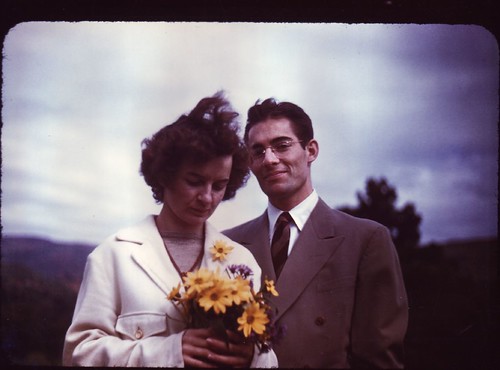I get a lot of questions about Skype — people ask me how it works and how I use it. So here’s a description of my setup. I’ve found Skype to be enormously helpful in communicating with friends, family, and colleagues all over the world. And I’m amazed that so many of my friends — otherwise intelligent, tech-savvy folks — aren’t taking advantage of the service.
First of all: What is Skype, anyway? The simple explanation: It’s an application that allows you to make calls over the Internet. Using Skype, you can call from your computer to other Skype users, or you can make calls to traditional land lines or cell phones. Using Skype is typically much cheaper than using land lines, and for international calls, the sound quality is often better.
Here’s how to get Skype up and running on your computer.
1. Download and install Skype for free from the Skype Web site. It works on both PCs and Macs.
2. Buy a headset. There’re a wide variety available in the Skype store, or on Amazon.com. You can also find headsets in the Apple Store. Note: if you’re on a Mac, make sure that the headset you buy is, indeed, Mac-compatible. While most laptops have built-in microphones and speakers, it’s best to use a headset — standard earphones plus a mic that you speak into — to achieve good call quality. That said, some newer laptops have built-in microphones that’re pretty good. But using a headset is best.
3. Tweak your audio settings. In the Skype application, go to:
Skype > Preferences > Audio
…and make sure that your headset is selected under both Input and Output. You may also have to do the same thing to your computer’s System Preferences > Sound settings. On a PC, I understand this can be done by going to:
Start > Control panel > Sounds and audio devices
4. Call other Skype users. There’s no charge for calling another Skype user — you both simply need to be online and have Skype running at the same time.
5. Buy SkypeOut credit. This allows you to call from your computer to land lines and mobile phone numbers. The rates vary, but it’s much, much cheaper than calling conventionally, even using domestic or international calling cards. Here’re the rates for all international destinations. I buy credit in US$25 chunks.
Once you’ve mastered these basics, you might want to attempt some advanced Skype maneuvers:
6. Buy a SkypeIn phone number. It’s US$38 per year, and comes with voice mail. I have one with a Washington, DC area code so that people can call me from the US. Callers pay whatever rate they’d normally be charged for dialing a 202 area code number. These calls are then routed automatically to my computer. I pay for these calls, but the rate is quite reasonable. If I’m online, I simply answer the call in Skype with my headset. If my computer is turned off, I…
7. Use the call forwarding feature to send calls automatically to my cell phone. This is easy to do — just enter your local cell phone number and the call will reach you. (This works for folks dialing your SkypeIn number as well as folks calling you directly on Skype.)
This is perhaps the coolest of Skype’s features: What this means is that if friends or family call my 202 area code number, I might answer the phone on my computer here in Bangkok. Or I might be away from my desk and answer the call on my cell phone. Or if I happen to be traveling in another country, I can pop a local SIM card into my cell phone and answer the call there. (Related blog post: “I live in Russia, my phone lives in New York.”)
8. Get a Web cam and add video-conferencing to your Skype calls. The new Mac laptops have built-in Web cams and work seamlessly with Skype.
A few caveats:
— Skype reception — and thus the quality of your calls — depends on your Internet connection. Using a LAN cable is usually better than WiFi; the more stable the connection, the better. Weaker connections mean that call quality is sometimes compromised, or calls may occasionally drop.
— Generally speaking, calls from Skype to land lines — or from land lines to Skype — sound better than calls to or from cell phones. That said, I’ve received calls from people on their mobile phones that are routed via Skype to my mobile phone and the quality is clear and there’s very little delay.
Here’re some resources for further reading:
— The Skype help page offers general instructions.
— The Skype Wikipedia page provides a good overview of the service
So there you go. Have fun. My Skype ID is newleypurnell. You can thank me next time we talk.











